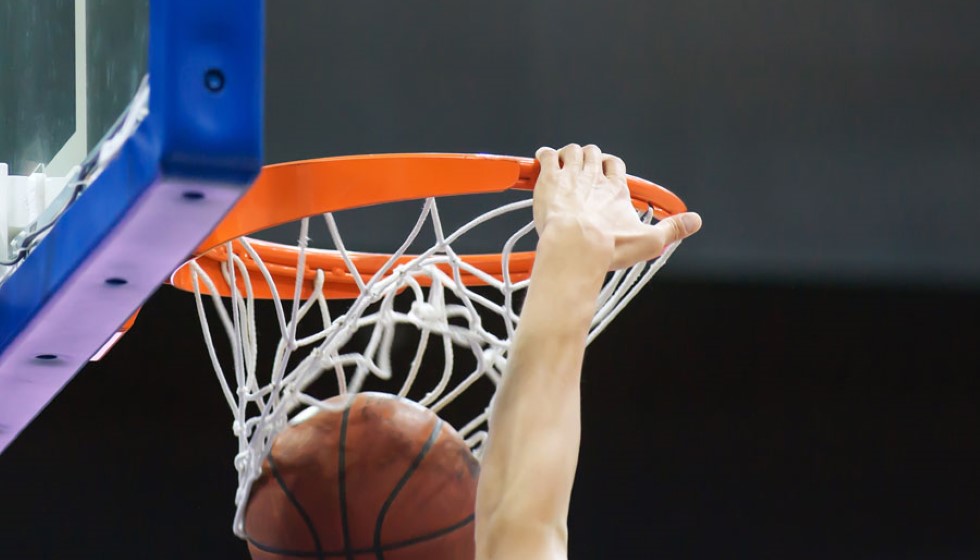
The NBA held its draft across two days this year, introducing a fresh new format that expands the excitement over a more extended period. Traditionally, both the first and second rounds were packed into the same evening, but now there's an 18-hour break between them. The first round kicks off on Wednesday night, and the second picks up the momentum on Thursday, offering fans a longer experience to digest each selection.
This change presents a significant shift in the draft's pacing and strategy for teams and players alike. Notably, the second round now allows four minutes between each pick, providing teams with a bit more time to make crucial decisions in what is often termed the “hidden gem” round of the draft.
The Draft Unfolds
On Thursday, the Utah Jazz clinched Kyle Filipowski as the 32nd overall pick. The Duke Blue Devils’ standout drew significant attention after two stellar seasons at Durham, where he averaged 16.4 points and 8.3 rebounds per game during his sophomore year. Filipowski's knack for finding scoring opportunities and his imposing presence on the boards make him a valued addition to the Jazz's roster.
In close succession, the Toronto Raptors selected Jonathan Mogbo with the 31st pick. Mogbo's addition is expected to bolster the Raptors' depth significantly, given his versatility and defensive prowess.
Following Mogbo, the Milwaukee Bucks made their mark by selecting Tyler Smith 33rd overall, demonstrating their commitment to adding young talent to their ranks. Tyler Smith's offensive skills and potential for growth add a dynamic layer to the Bucks' future lineup.
In an intriguing move, the Indiana Pacers secured Johnny Furphy as their 35th overall pick after a trade deal with the San Antonio Spurs. Furphy, who shot a notable 36% from three-point range last season at Kansas, brings a promising shooting touch to the Pacers. This trade underscores Indiana's strategy to enhance their perimeter shooting capabilities.
Trades and Exchanges
The drafts are never short of drama, and this year's event was no different, particularly in the wheeling and dealing department. The Toronto Raptors executed a notable trade, sending Jalen McDaniels to the Sacramento Kings. In exchange, the Raptors received Sasha Vezenkov, Davion Mitchell, and the 45th pick. This trade not only reflects the Raptors' strategic adjustments but also their intent to develop a balanced and competitive roster.
On another front, the Golden State Warriors traded their 52nd pick to the Oklahoma City Thunder in exchange for Lindy Waters III. This maneuver highlights the Warriors' pursuit of players who can contribute immediately, aligning with their win-now philosophy.
Similarly, the Houston Rockets decided to trade their 44th overall pick to the Atlanta Hawks in exchange for A.J. Griffin. Griffin's athleticism and scoring abilities provide the Rockets with additional firepower, fitting neatly into their growing young core.
Strategic Implications
The change in the draft format, notably the extended intermission between rounds and the four-minute intervals in the second round, offers teams a broader scope to strategize and make more informed decisions. While some might view this as a minor adjustment, its impact, particularly in the fast-paced nature of professional basketball, could be profound. It allows teams to recalibrate their strategies overnight, providing a tactical advantage in the search for the next breakout star.
For players like Filipowski, Mogbo, Smith, and Furphy, this new format also means a longer moment in the spotlight. It allows them to experience the draft's intensity more gradually, savoring each moment and their entrance into the NBA's ranks.
All eyes will now turn to the summer league and training camps, where these newly drafted players will get their first taste of professional basketball and begin their journey in the NBA. The extended draft format has shown its potential to make the experience richer for everyone involved—an innovative step forward for the league.
The NBA Draft's evolution continues to reflect the league's adaptability and commitment to enhancing the sport's landscape for teams, players, and fans alike.